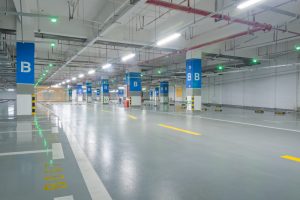Internal Carbon Fees Push Microsoft Toward Clean Energy for Its Data Centers

 In 2012, Microsoft made a commitment to achieving 100% carbon-neutral operations. To help provide an impetus for this initiative, the tech giant began to charge all of its internal departments a fee based on the departments’ greenhouse gas emissions.
In 2012, Microsoft made a commitment to achieving 100% carbon-neutral operations. To help provide an impetus for this initiative, the tech giant began to charge all of its internal departments a fee based on the departments’ greenhouse gas emissions.
Three years later, Microsoft has announced that this strategy has worked, helping its data centers become more energy-efficient and less harmful to the environment.
According to Data Center Knowledge, Microsoft’s internal fees system for carbon emissions has raised enough money to generate 10 billion kilowatt-hours of clean power. Newly implemented energy reduction methods save the company $10 million a year, and Microsoft’s CO2-equivalent emissions have fallen by an amazing 7.5 million metric tons.
As Microsoft continues to increasingly rely on its data centers due to its plans to become a major cloud infrastructure supplier, however, the amount of energy it will consume will only continue to grow. Data centers are notorious for their energy consumption, which can equal that of a small town.
To do this, Microsoft has created its “first ever zero-carbon data center” — a data center module that gets its energy from bio-gas sourced from a waste-treatment plant in Wyoming, Data Center Knowledge reports. These bio-gas fuel cells power 200 servers within the data center.
This data center also recycles the energy it uses. Excess heat generated by its servers is sent to the Wyoming sewage-treatment plant, giving the plant 150 kW of power.
Microsoft is also in the early stages of proposing a solution that would integrate small fuel cells into the server racks themselves in order to save on energy consumption. By reducing the amount of potential points of failure in a server room, this solution would increase reliability, as well. The project has received a $5 million grant from the federal government.
As Microsoft continues to come up with new innovations and renewable energy solutions for its data centers, other technology companies will have to consider the benefits of following suit.






